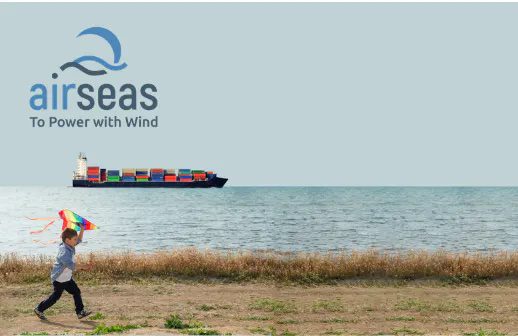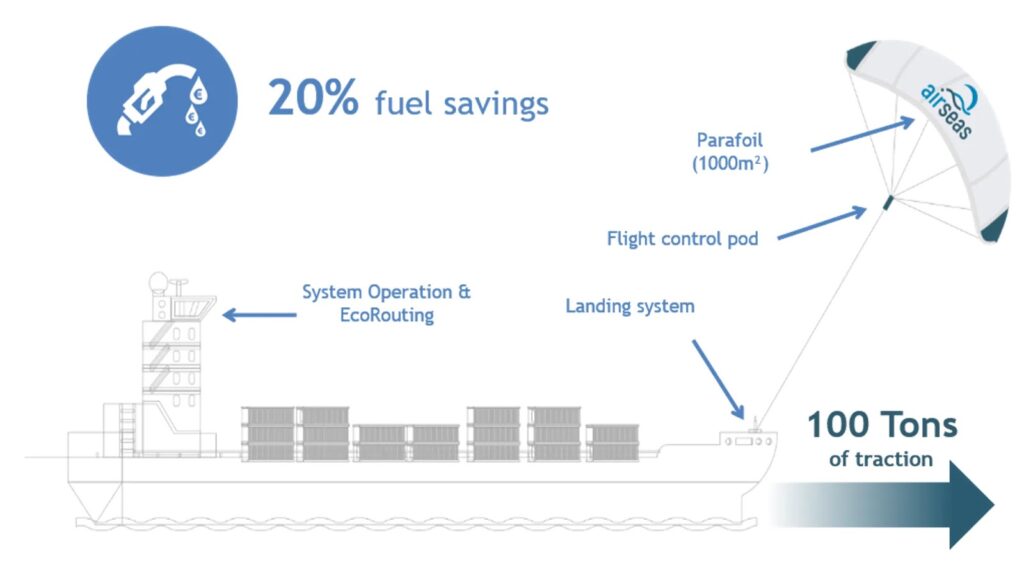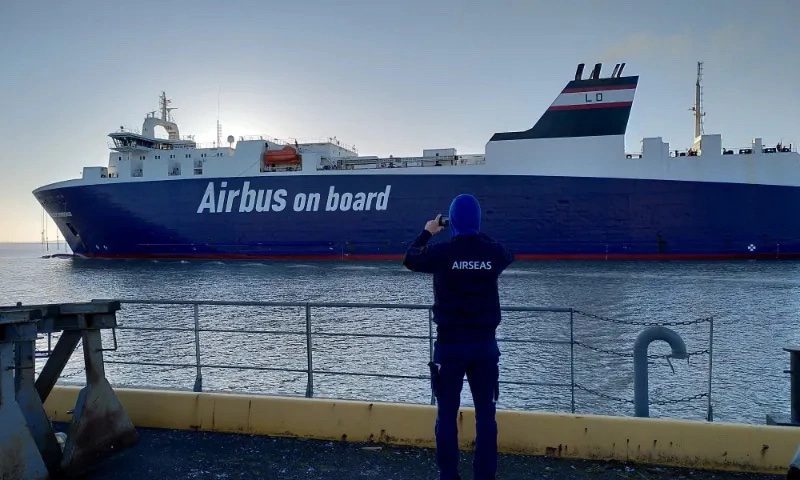When it comes to flight and transportation technology, it doesn’t get much more old school than kites. According to the American Kitefliers Association, the earliest written account of one flying dates to 200 B.C. in China. A Chinese general used it to measure how far his attacking army would have to tunnel to reach past defenses. About 2,100 years later, the Wright Brothers used their kite expertise to develop the first airplane.
Today, kites are mainly known for their recreational uses, though they also play an important role in everything from science and space travel to the military.
Now, one company wants to put them to work, saving fuel and lowering emissions in the shipping industry. The firm, Airseas, is a French startup that aims to use wind power to serve the maritime energy transition.

The company’s Seawing towing system combines kite technology with an automated flight control system developed by the aerospace industry to harness wind power. The Seawing system was tested in December 2022 using a 2,700-square-foot parafoil that helped tow cargo ships to reduce the workload of their diesel engines.
Airseas successfully completed the initial stages of its transatlantic sea trials. Tests took place aboard a vessel called Ville de Bordeaux as it carried Airbus aircraft parts between France and the U.S.
The business estimates that its Seawing system will eventually be able to reduce ships’ fuel consumption by an average of 20%, contributing to a similar drop in greenhouse gas emissions.
“We are proud to have a solution that can help ships reduce their emissions right now and accelerate the decarbonization of the maritime sector over the coming years,” said Vincent Bernatets, Airseas CEO, in a statement.
Bernatets cofounded the company in 2016 with Benoît Gagnaire, who serves as chief technology officer. Both have previous professional experience working as aeronautical engineers at Airbus. Bernatets brings a passion for sailing to Airseas, while Gagnaire is an avid kitesurfer.
Airseas’ work includes an EcoRouting solution that helps ships maximize fuel savings through route optimization algorithms, determining the best routes based on the weather and other factors. The firm also provides hardware in the form of a bridge, deck, and flying equipment.

More than 20 large commercial ships used it at the end of 2022. According to the International Windship Association, that number is expected to more than double this year.
Airseas’ Seawing system can be put into action with the flip of a switch. The kite automatically unfurls and positions itself in the wind to help pull the vessel forward. A pod is attached to its tether, gathering weather data to optimize the system’s performance. When the ship no longer needs to be towed, the cord retracts, and the kite folds back onto the ship’s bow. Seawing is designed to fit onto any commercial vessel.

Getting the takeoff and landing parts of the process are particularly tricky.
“We are launching a flying object from a sailing object, compensating for movement on all sides, such as waves in high seas and turbulence at low altitude,” said Bernatets. “After the flight, we have to ensure that the Seawing lands smoothly and precisely on a moving target: the ship bow, which is oscillating on waves and generating heavy turbulence and movement.”
Airseas plans to conduct further trials in 2023 to test the Seawing in more varied weather conditions and fine-tune the automated system. One goal is to expand the range of situations where the system can fly safely, similar to how new aircraft are tested.
As of late 2022, Airseas had already signed on one major customer: Japanese shipowner K Line. It placed orders for five Seawing systems with additional options to equip 46 more vessels.





